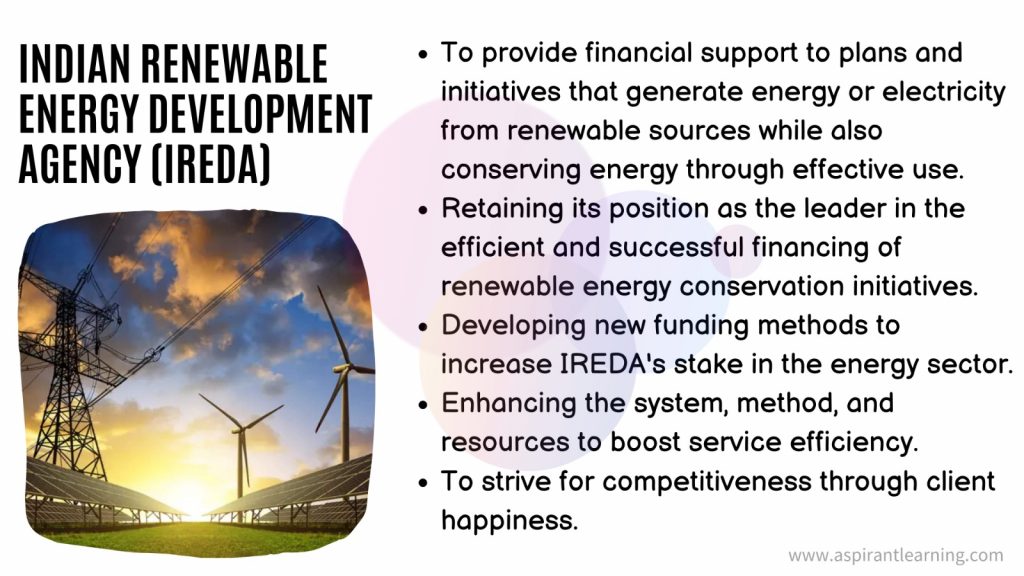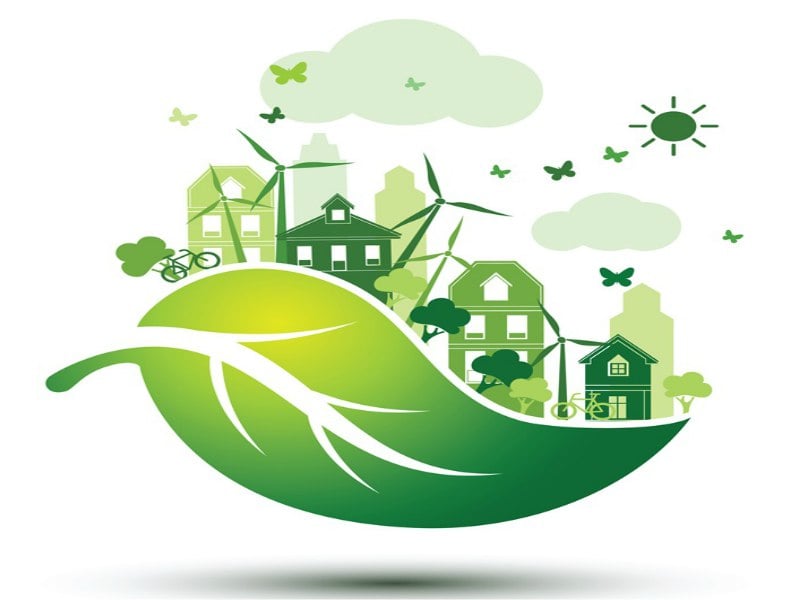News Highlight
The Kerala government recently announced the State’s first waste-to-energy project in Kozhikode.
Key Takeaway
- The projected facility will be built in two years and generate around 6 Megawatts of power.
- There are approximately 100 waste-to-energy projects across the country.ut only a few are active due to numerous production and operation issues.
Waste-to-Energy Program
- About
- The programme is part of a larger initiative, the National Bioenergy Programme.
- The government will help project developers financially, while implementation agencies, including inspection firms.
- Furthermore, it would be compensated for its services in completing waste-to-energy projects.
- Implementing Agency
- The programme will be implemented by the Indian Renewable Energy Development Agency (IREDA).
- To process applications, IREDA will be paid a service charge of 1% of Central Financial Assistance (CFA).
- Aside from 1% for the CFA (minimum $50,000) for implementation and monitoring performance once the plants are operational.
- Financial Assistance
- The Centre would contribute Rs 75 lakh per MW for new biogas plants and Rs 50 lakh per MW for existing units.
- Suppose waste-to-energy facilities are established in special category states like the North East.
- In that case, in Himachal Pradesh, Sikkim, Jammu and Kashmir, Ladakh, Lakshadweep, Uttarakhand, and the Andaman and Nicobar Islands, the qualifying CFA will be 20% higher than the regular CFA pattern.
Waste-to-energy technologies
- Incineration
- Incineration is a waste-to-energy method involving garbage’s high-temperature combustion to produce heat and electricity.
- This method can be applied to both municipal and industrial garbage.
- To reduce pollutant emissions, incinerators often incorporate modern pollution control systems.
- Pyrolysis
- Pyrolysis produces liquid or gaseous fuel by heating waste materials without oxygen.
- Many waste materials, including plastics and rubber, can be pyrolysed.
- Gasification
- Gasification is a waste-to-energy method that includes heating garbage at high temperatures.
- In addition, it is in the presence of low oxygen levels to produce a gas that may be utilised to generate power or heat.
- Gasification can treat a wide range of waste, including municipal solid, biomass, and industrial waste.
- Plasma gasification
- Plasma gasification is a high-temperature process in which waste materials are heated in the presence of plasma.
- Additionally, its purpose is to generate electricity that can be utilised to generate electricity or heat.
- Plasma gasification can treat many wastes, including municipal solid and hazardous waste.
- Hydrothermal carbonisation
- Hydrothermal carbonisation produces solid fuel by heating wet organic waste materials in water.
- This method can be applied to various waste materials, including sewage sludge and agricultural waste.
- Anaerobic digestion
- Anaerobic digestion is a waste-to-energy method involving microorganisms breaking down organic waste products without oxygen.
- This method generates biogas, which can then be utilised to create energy or heat.
- Anaerobic digestion may treat various wastes, including food, agricultural, and sewage sludge.
Challenges of Waste-to-energy technologies
- Wrong incentives
- It is critical to strike an acceptable balance so that the demand for WtE feedstock does not incentivise the generation of greater trash.
- For example, if a company’s trash feeds WtE production to generate energy at a reduced cost.
- Furthermore, it may relax its waste reduction or recycling efforts.
- Worsening Air Quality
- There is a problem with poor ambient air quality, especially during the winter.
- When the air is motionless, undistributed pollutants pose extensive health risks.
- Biosecurity Risk
- Because of the possible transmission of pests and plant disease, transporting unprocessed organic waste feedstock may provide a biosecurity risk.
- Such transportation is also dangerous depending on the feedstock and treatment method employed.
- And the WtE plant will negatively impact amenities through odour, noise, local transportation congestion, dust, and vermin.

Way forward
- Increased environmental deterioration endangers human health, safety, and the ecosystem.
- Furthermore, the current production process’s destabilisation of natural resources and trash generation is frightening.
- Municipal solid waste (MSW) piling is a major source of worry in every country, and India is no different.
- Moreover, the country’s municipal solid waste is not properly disposed of using scientific methods for zero-waste systems, including energy waste.
- Some of India’s underlying challenges with waste management exist because of most stakeholders.
- State and local governments, in particular, are heavily focused on the collection, transportation, landfilling, dumping, and street burning.
Pic Courtesy: Dataintelo
Content Source: The Hindu



